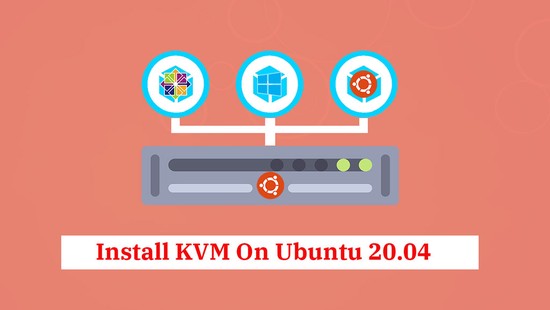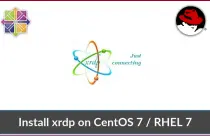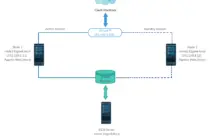How To Install Gradle on CentOS 8 / 7 & RHEL 8 / 7
Gradle is an open-source build automation system. It supports multiple programming languages such as Java, C++, and Python development. It is based on the concepts of Apache Ant and Apache Maven.
Gradle uses Groovy to define project configurations.
In this post, we will install Gradle on CentOS 8 / 7 & RHEL 8 / 7.
Install JDK / JRE
Gradle’s only requirement is to have Java JDK or JRE version 8 or above to be installed on the system.
If you prefer Oracle Java JDK over OpenJDK, then:
READ: How To Install Oracle Java on CentOS 8 / RHEL 8
READ: How To Install Oracle Java on CentOS 7 / RHEL 7
Here, I will go with OpenJDK 8. Install the OpenJDK package by using the yum command.
yum install -y java
Verify the Java installation by running the following command.
java -version
Output: openjdk version "1.8.0_242" OpenJDK Runtime Environment (build 1.8.0_242-b08) OpenJDK 64-Bit Server VM (build 25.242-b08, mixed mode)
Install other required packages.
yum install -y wget unzip
Install Gradle
Download the latest version of the Gradle (v6.3) from its official site. We will use the Gradle Binary-only zip file for the installation.
OR
Use the below command to download Gradle (v6.3) in the terminal.
cd /tmp
wget https://services.gradle.org/distributions/gradle-6.3-bin.zip
Extract the downloaded zip file and copy it to /opt/gradle directory.
unzip gradle-*.zip
mkdir /opt/gradle
cp -pr gradle-*/* /opt/gradle
Verify the extracted files by listing the contents of /opt/gradle/ directory.
ls /opt/gradle/
Output: LICENSE NOTICE bin getting-started.html init.d lib media
Setup environment variables
We will now configure the profile for the PATH environment variable to include the Gradle’s bin directory. Run the following command to add the environment.
echo "export PATH=/opt/gradle/bin:${PATH}" | tee /etc/profile.d/gradle.sh
Make the profile file executable by using the chmod command.
sudo chmod +x /etc/profile.d/gradle.sh
Load the environment variables to the current session by using the following command.
source /etc/profile.d/gradle.sh
Verify Gradle installation
Validate the Gradle installation using the below command.
gradle -v
Output: Welcome to Gradle 6.3! Here are the highlights of this release: - Java 14 support - Improved error messages for unexpected failures For more details see https://docs.gradle.org/6.3/release-notes.html ------------------------------------------------------------ Gradle 6.3 ------------------------------------------------------------ Build time: 2020-03-24 19:52:07 UTC Revision: bacd40b727b0130eeac8855ae3f9fd9a0b207c60 Kotlin: 1.3.70 Groovy: 2.5.10 Ant: Apache Ant(TM) version 1.10.7 compiled on September 1 2019 JVM: 1.8.0_242 (Oracle Corporation 25.242-b08) OS: Linux 4.18.0-80.7.1.el8_0.x86_64 amd64
Conclusion
That’s All. You have successfully installed Gradle on CentOS 8 / 7 & RHEL 8 / 7. Visit the official Gradle’s Documentation page to learn how to get started with Gradle.
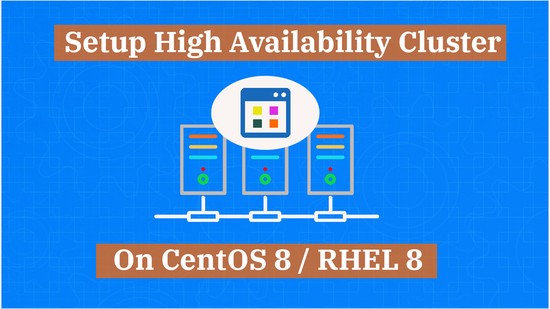
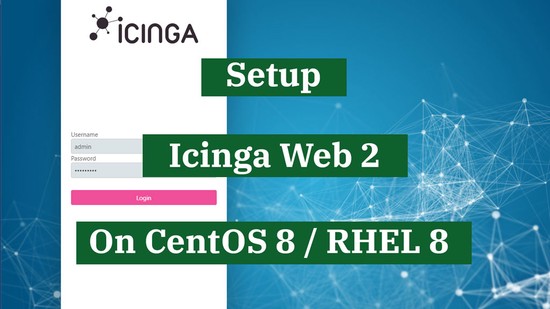
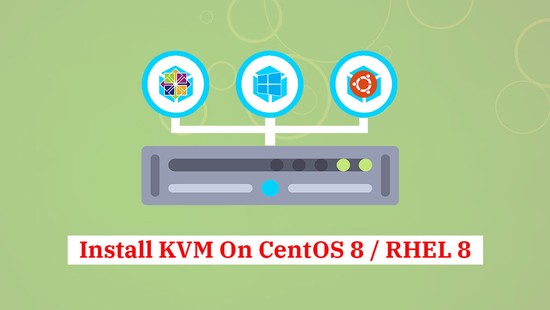
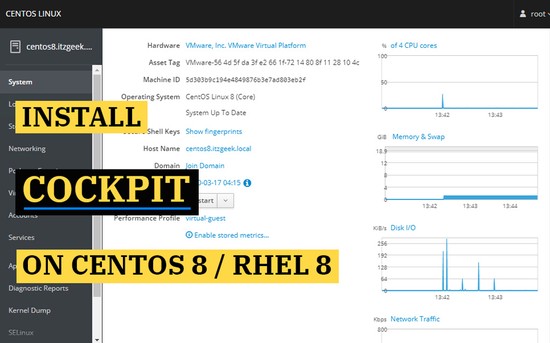
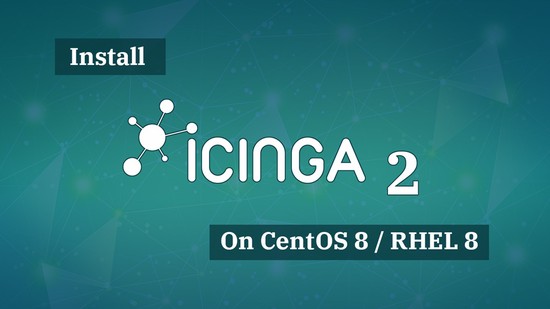
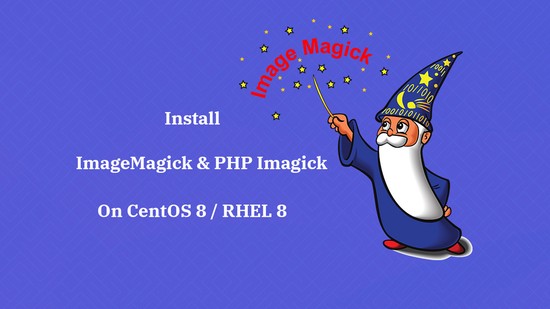

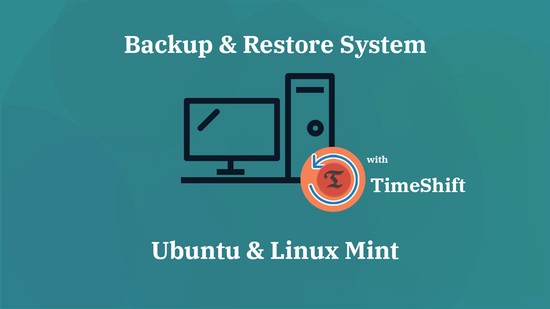
![How To Upgrade To Linux Mint 20 From Linux Mint 19 [Detailed Guide]](/post/how-to-upgrade-to-linux-mint-20/featured_hu3b6c6a25dd04b6406f79faf78c8c0be6_108894_550x0_resize_q90_lanczos.jpg)
